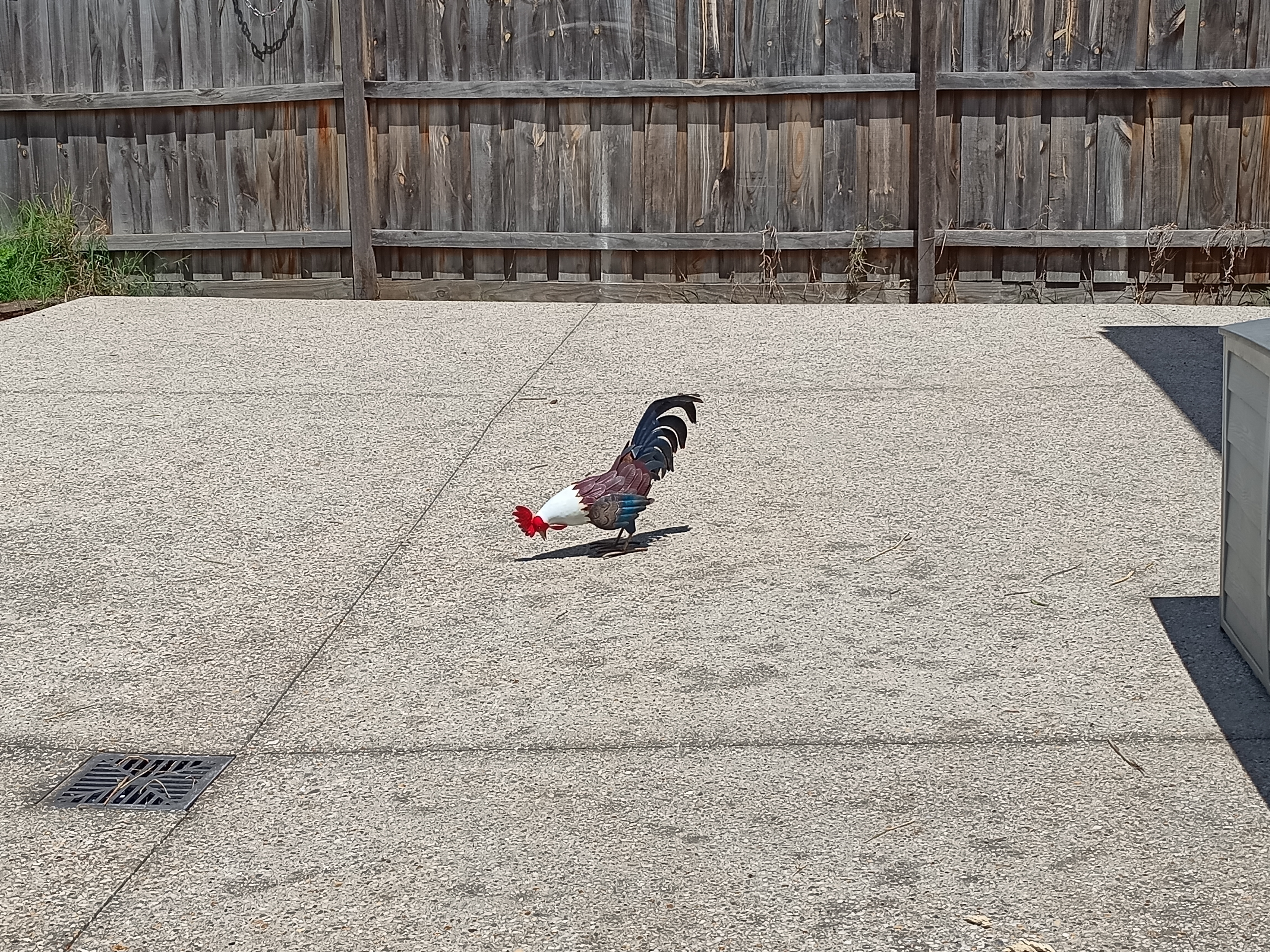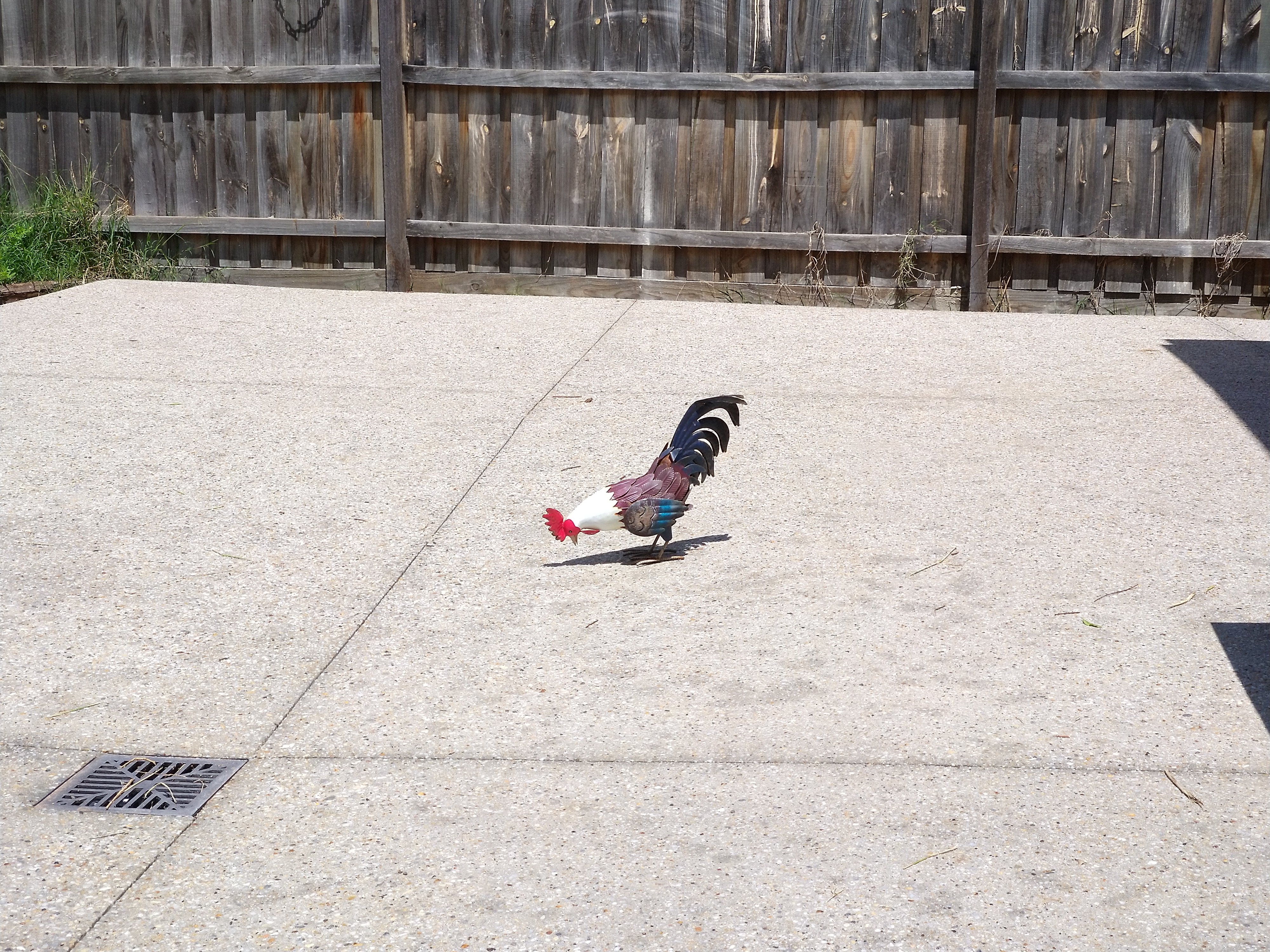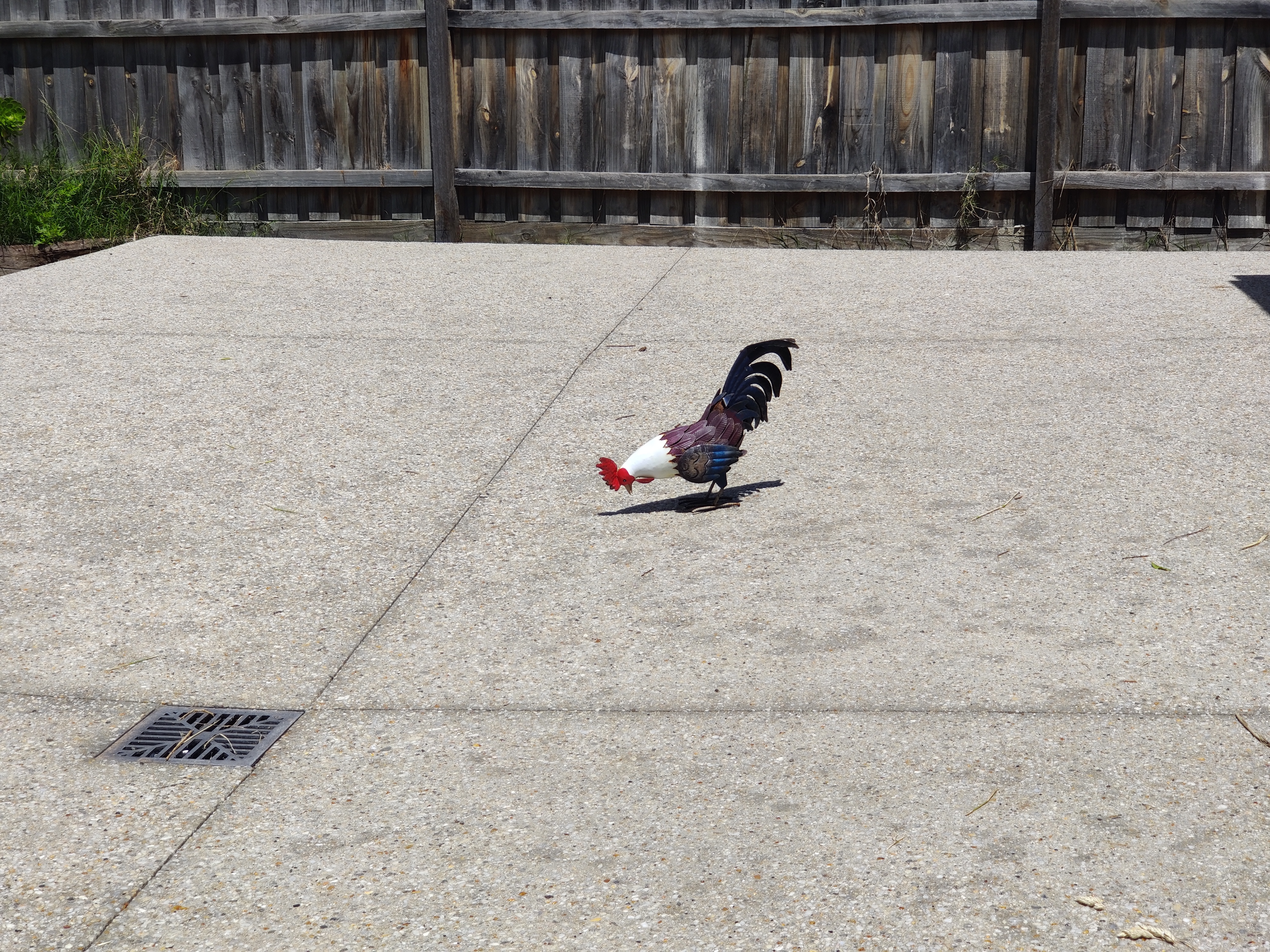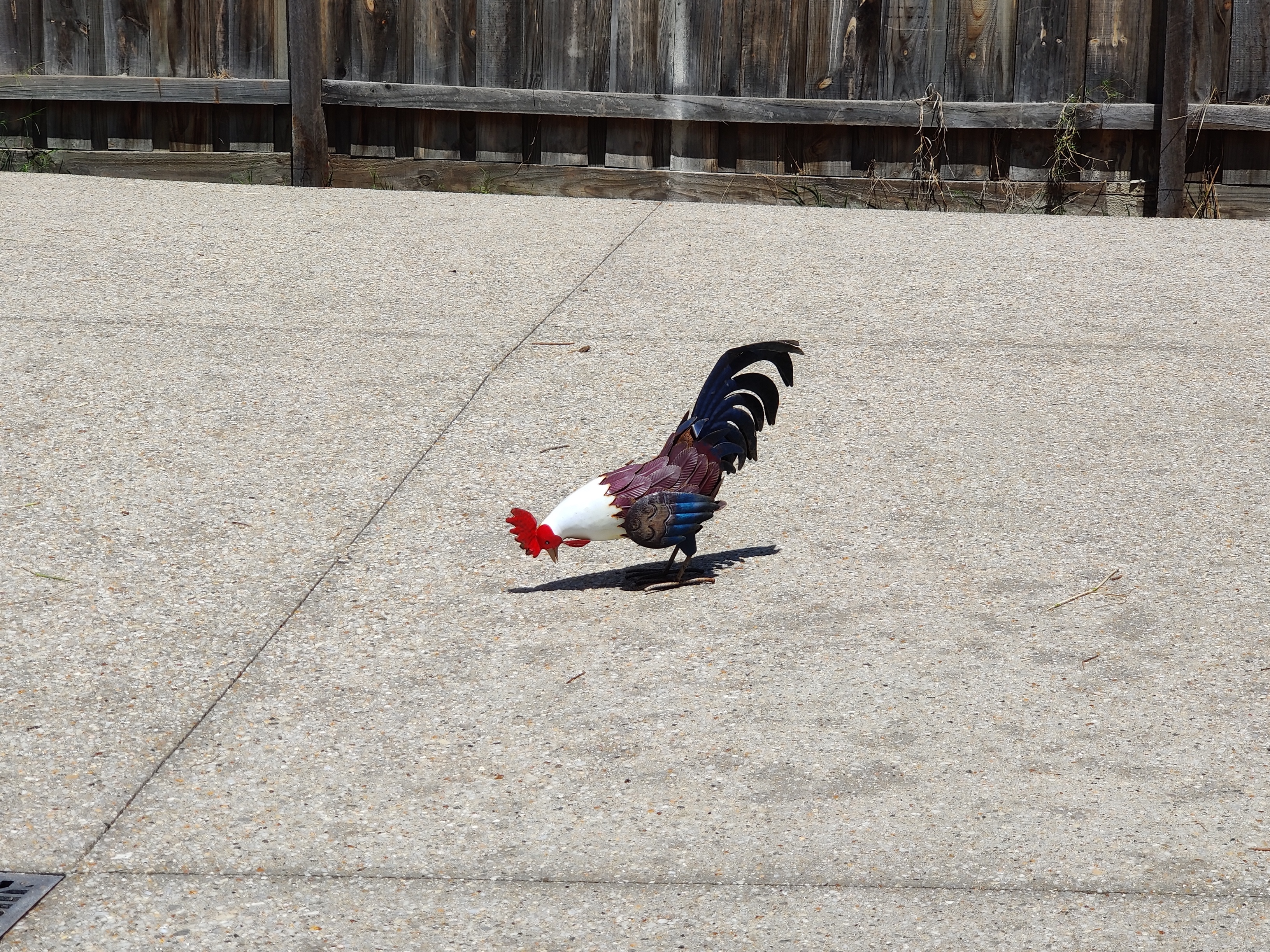My recent article looked at the concept of device choice. I took a step back looking at my recent three devices and came to realise they all share one key thing in common: a zoom lens. This isn't just a random "hey, this thing is in common". Arguably there are other stand out features that are common. Things like 12GB of RAM, similar screen sizes or high refresh rates. The reason zoom lenses come to mind for me is because this feature drove many of my purchase decisions. It's one that I personally find hard to do without once you've had it. Likewise it's a feature that (unfortunately) keeps getting reserved for only "high end" phones, and is often taken away and saved as a differentiator for flagship phones. If I had to choose between a phone with a zoom or an ultrawide, I'd pick the zoom lens any day.
This isn't going to be a long article, it's more of an opinion piece and a bit of a show and tell with some older phones and how zoom lenses have improved over time.
ONE WORD OF CAUTION: If you are viewing this article on your phone, the zoomed photos are likely to be shrunk to fit your phone screen. As a result everything will look sharp and "find" even if they're not. For that reason I recommend viewing this article on a computer screen, ideally at high resolution. To make things easier, I have made every photo clickable so you can go pixel peeping.
What about no zoom?
No zoom means digital zoom. Or cropping your photos so they're teeny tiny if you want to remove background detail. In short. Yuk!
The first demo photo I want to look at comes from the Ulephone Armor 9. The camera interface has a 2x zoom button, but there is no zoom lens on the camera. The zoom is a digital zoom. The zoom is gross. 
In ye olde days
Next up, I've dusted off my old Nokia 8 Sirocco. In its day it was a refreshingly refined and complete phone for a highly compact phone. And compared to everything else I'm trying out today, it still delivers a lot in a very slim and compact size. Either way, it's clear compromises were made on the Sirocco to get it as slim as it is, and one of those compromises related to the zoom camera. 
His and hers phones
Next up we have the OnePlus crew. Specifically the OnePlus 7T and the OnePlus 7T Pro. They're near identical phones with the key differences being in their physical dimensions. The size differences are how my wife and I ended up with the two different models in a His & Hers arrangement. They also have different zooms, 2x for the OnePlus 7T and 3x for the OnePlus 7T Pro. 

Something modern
Now we have the most recent phones. They add some cool variability to the Zoom. First up the Sony Xperia 1III. The name is a mouthful but the cameras are cool. There are two zooms here, a 2.9x and a 4.4x. The same zoom lens is used for both, but the lens physically shifts while toggling between the two zooms. Too cool.
Finally we have the Pixel 7 Pro. Did I say digital zoom is yuk? I mean it can be. But with the right AI smarts it can also be amazing. The pixel throws out all the rules to produce digital zooms that are as good as (and often better) than their purely optical counterparts. At high zooms it uses a feature Google calls "Super Res" zoom. This Android Authority article does a great job of explaining what it is.
There are 4 zoom levels I've given here, here's how they're shot:
- 2x Main lens, sensor crop + AI enhancement
- 5x Zoom lens, native zoom
- 10x Zoom lens, sensor crop + AI enhancement
- 30x Zoom lens, Super Res zoom